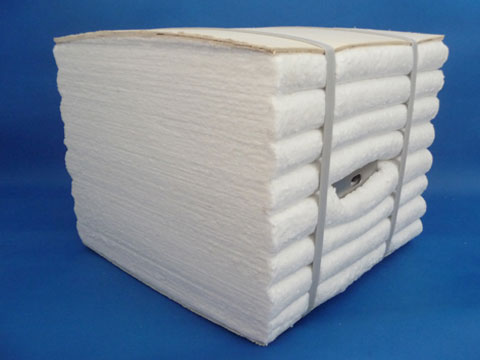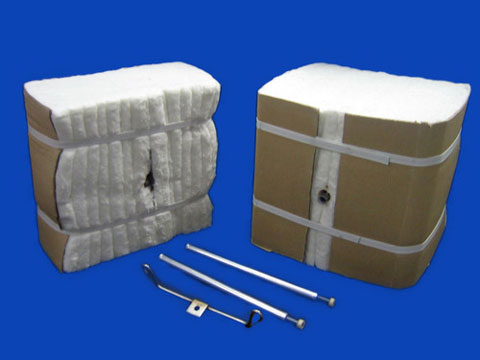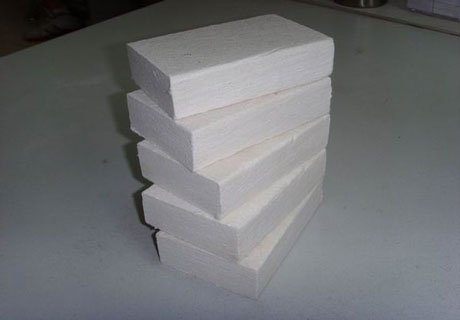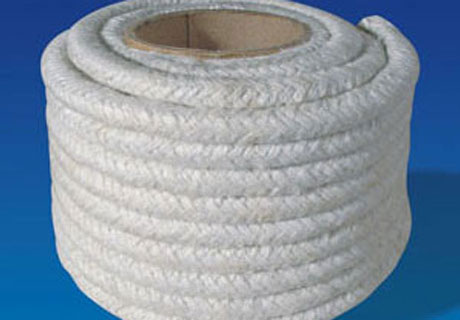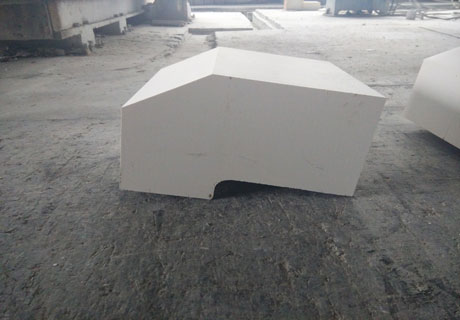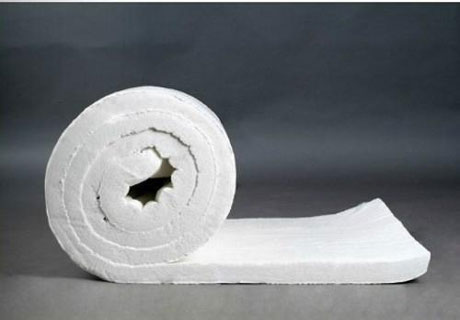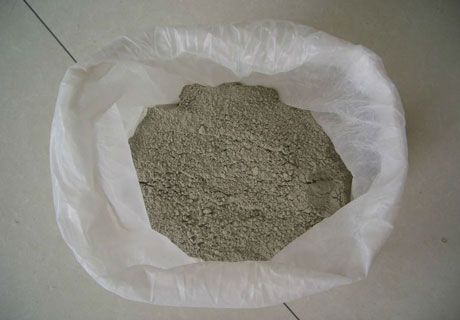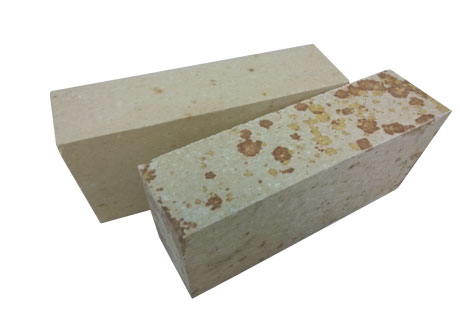
(1) Porosity The pores in refractory products include open pores and closed pores. Porosity generally refers to the percentage of the volume of the apparent pores communicating with the atmosphere to the total volume of the product, also known as the apparent porosity. The porosity of the product is smaller, the thermal conductivity is better, and the compressive strength is higher, but the resistance to rapid cold and heat is poor.
(2) Bulk density and true density Bulk density is the mass number of bricks per cubic meter including all pores, and the brick-like volume when calculating true density only includes rock parts. Since the true density of different crystal forms of quartz is different, the firing situation can be understood through the true density of the brick. A better fired silica brick has a lower true density.
(3) Compressive strength at room temperature The pressure that a product can withstand per unit area at room temperature is called compression strength at room temperature. The structure is uniform and compact, and the product is well-fired and has high compressive strength at room temperature.
(4) Thermal expansion is usually expressed by the average linear expansion rate within a certain temperature range.
(5) Thermal conductivity refers to the performance of refractory products to transfer heat. Expressed by thermal conductivity, its unit is W/(m.℃) bricks with low porosity and dense structure, good thermal conductivity. The thermal conductivity of most refractory products such as silica bricks and clay bricks increases with increasing temperature, but there are also a few refractory products (such as magnesia bricks and silicon carbide) whose thermal conductivity decreases as the temperature rises.
(6) Refractoriness Refractoriness refers to the performance of refractory products to resist softening (melting) at high temperatures, and refers to the temperature at which the top of the refractory cone sample is bent and touches the side of the chassis.
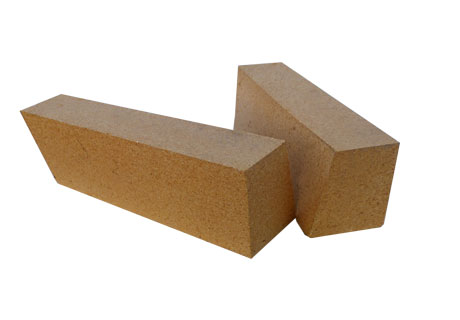
(7) The softening temperature under load indicates the ability of refractory products to resist temperature under a certain load. The load softening temperature is the sample under a pressure of 0.2 MPa and heated at a certain heating rate. As the temperature increases, the sample continuously deforms. The temperature when the height of the sample decreases by 0.6% is the load softening temperature. It is related to the chemical properties of refractory products, the characteristics of crystal structure, the viscosity of the glass phase at a certain temperature, the relative ratio of the crystal phase to the glass phase, the firing temperature and the particle size composition.
(8) High-temperature volume stability refers to the property of irreversible changes in volume of refractory products when they are used for a long time at high temperatures. The volume stability of refractory products is usually expressed by residual expansion (or shrinkage). The specific index is: the refractory product is heated at a certain temperature for a certain period of time, and after natural cooling, the volume change is measured. The percentage of this value to the original volume is called residual expansion (or residual shrinkage).
(9) The ability of thermally stable refractory products to resist sudden changes in temperature without being damaged. The test method is to put half of the sample in the heating furnace, and the other half outside the furnace, heat it to 850℃ for 40 minutes, and then put it in a flowing cooling water tank for rapid cooling. Repeat this process. When it damages the quality of the dropped part It is the number of quenching and quenching when the mass of the original sample is 20%. It is closely related to the expansion coefficient of the product, the unevenness of the internal temperature distribution of the product, and the shape and size of the product.
(10) Corrosion-resistant refractory products are resistant to the chemical and physical effects of molten slag and charge decomposition products at high temperatures. The main factors affecting corrosion resistance are: the chemical composition of the product and the slag, the working temperature, the nature of the decomposition products of the charge, and the density of the product.
